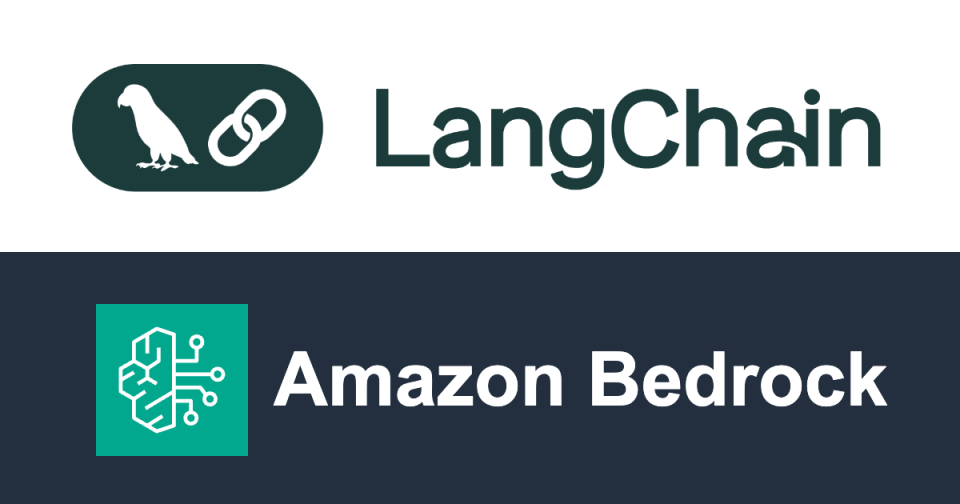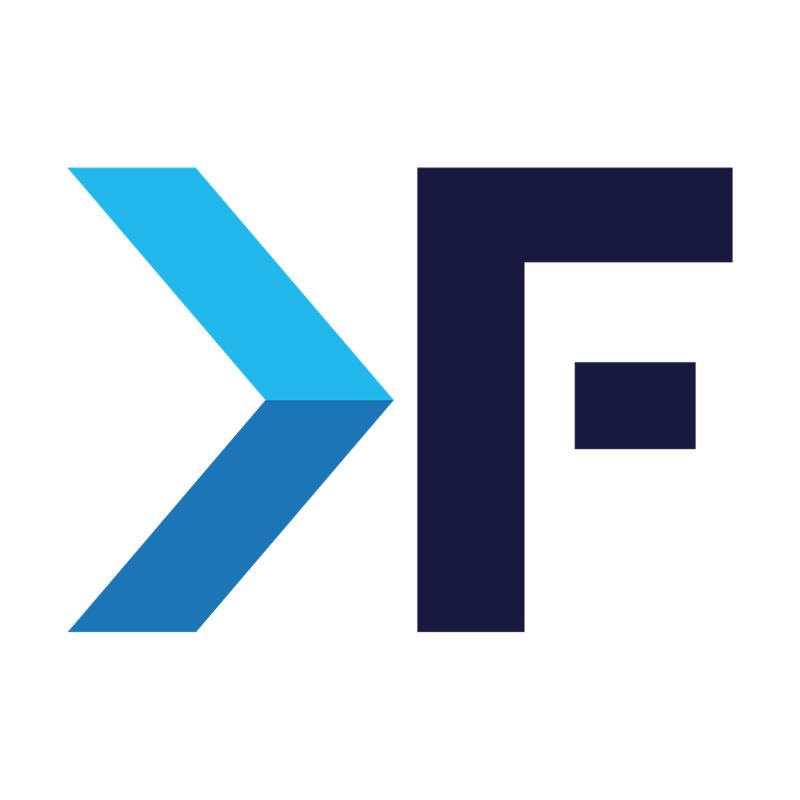June 20, 2025
LangChain vs Bedrock: Which Will Supercharge Your Prototyping Journey?
Prototyping any new technology, especially in the AI realm, is as much about finding the right tool as it is about sparking innovation. In this showdown, we’ll dive deep into the two heavyweights, LangChain and Bedrock, to help you decide which one suits your prototyping needs. This isn’t merely a discussion of features; it’s about crafting compelling, real-world solutions with a tool that resonates with your project’s DNA.
The Rise of AI Prototyping: Why Tools Make or Break Your MVP

In today’s fast-paced digital landscape, your0020prototype is the first handshake between your idea and the market. The tools you choose can accelerate your journey or leave you grappling with endless development cycles. When prototyping, clarity of thought meets technological empowerment. Your decision isn’t just technical—it’s strategic, reflecting the agility and vision you bring to the project.
Both LangChain and Bedrock have emerged as frontrunners, making it essential to compare not only what they promise but how they deliver actionable results in a prototype that’s both scalable and robust. Let’s break down the essence of each, so you can decide which aligns best with your vision.
Meet LangChain: Agile, Developer-Centric, and Open Source
At its core, LangChain is an open-source framework geared toward enhancing the capabilities of language models. It’s built for developers who want to create intricate chains of prompts, integrate external logic, and build AI-powered workflows without getting bogged down by too much industry jargon. LangChain stands out for its:
1. Modularity & Flexibility: Easily plug-and-play with various LLMs and APIs.
2. Developer Empowerment: Provides a framework that’s both modular and extendable—ideal for rapid iteration.
3. Community Driven: With a vibrant community of contributors, LangChain is constantly evolving, ensuring you have the latest tricks up your sleeve.
Great for use cases like Retrieval-Augmented Generation (RAG), autonomous agents, and chatbot workflows.
LangChain gives you fine-grained control—but with that comes a bit more manual setup. It shines when you're building something experimental and need flexibility over structure.
Introducing Bedrock: Enterprise-Grade, Scalable, and AWS-Powered
Amazon’s Bedrock, on the other hand, is designed for a more integrated, enterprise-level pivot into AI prototyping. With Bedrock, you’re stepping into a world backed by one of the most robust cloud infrastructures on the planet. Key highlights include:
1. Seamless AWS Integration: For businesses already immersed in the AWS ecosystem, Bedrock provides a coherent path from prototype to production.
2. Scalability: Engineered for enterprise applications, it supports prototypes that might ultimately scale into large, data-intensive applications.
3. Managed Experience: By leaving behind low-level operational complexities, Amazon Bedrock focuses on providing a managed experience that minimizes the hurdles of setup and maintenance.
It’s an ideal choice if you’re looking for a tool that aligns with a broader organizational infrastructure and needs a prototyping solution built on a rock-solid cloud foundation.
“Note: Amazon Bedrock doesn’t require you to host or fine-tune models—it abstracts those complexities with a clean API experience for models like Claude, Titan, and Mistral.”
The Tech Showdown: Comparing Key Features
Factor | LangChain | Bedrock |
Ease of Use | Great for agile development with open-source flexibility. | Streamlined for AWS users with managed services. |
Integration | Highly modular; works with various APIs and LLMs. | Deep integration with AWS; best when embedded in its ecosystem. |
Scalability | Lightweight setup that scales as you add layers manually. | Ready for enterprise-level scaling from the start. |
Community Support | Thriving open-source community for rapid iteration. | Backed by the robust AWS support and enterprise resources. |
Customization | Extremely customizable with a lower barrier for experimental features. | More opinionated, designed for consistency and reliability for business use. |
Each factor’s weight depends on your project’s needs. Are you a startup prototype where nimbleness and rapid iteration are key? Or is your blueprint destined for an enterprise landscape demanding scalability and seamless integration? The answer will guide your choice.
Making Your Decision: Which Path is Right for You?
Your choice ultimately pivots on where you are on your prototyping journey:
Choose LangChain if you:
- Thrive in a developer-first environment.
- Value open-source flexibility and rapid iterations
- Are building projects where experimentation is the name of the game.
Lean Toward Bedrock if you:
- Operate within or plan to join the AWS ecosystem!
- Need a solution that scales effortlessly for enterprise-grade projects.
- Prefer a managed, integrated experience that minimizes infrastructure headaches.
Both platforms provide a robust foundation for innovative prototyping. The key is to align your project’s ambitions with the tool that propels you toward your next breakthrough, ensuring that each prototype is a clear reflection of your innovation.
Bonus: Quick-Glance Use Cases
Use Case | LangChain | Bedrock |
Custom RAG with vector search | Fully customizable | Needs AWS Kendra or OpenSearch |
Serverless chatbot with Claude | Needs integration setup | Built-in access via Bedrock |
Internal knowledge assistant | If built from scratch | Easily done via Bedrock + AWS tools |
Agentic workflows with tools | Excellent with LangGraph, etc. | Fully supported via Agents for Bedrock, Step Functions, and Lambda — more infra setup, but powerful and production-ready |
Conclusion: Innovate Boldly and Prototype with Confidence
In the fast-evolving realm of AI, your prototyping tools are more than just code—they’re the launch pad for your next bold idea. Whether you opt for LangChain’s agile, open-source approach or Amazon Bedrock’s enterprise-grade scalability, the decision revolves around your strategic vision for both development and growth.
Dive deeper into each option, test their waters, and let your prototype be the tangible manifestation of your vision. What challenges are you grappling with today? Which tools do you see as the catalysts for tomorrow’s innovations? Share your thoughts or experiences below, and let’s push the envelope together.
Curious for more specific tactics on aligning your tech stack with real business outcomes? Dive into our upcoming posts where we break down practical case studies and share insider tips on overcoming prototyping roadblocks. Happy innovation!
- Aws
- Bedrock
- LangChain
Want This Done the Smart Way
Want This Done the Smart Way?
Let's Connect
Ready to get started?
We'd love to talk about how we can work together
AWS CLOUDCOST
Take control of your AWS cloud costs that enables you to grow!
